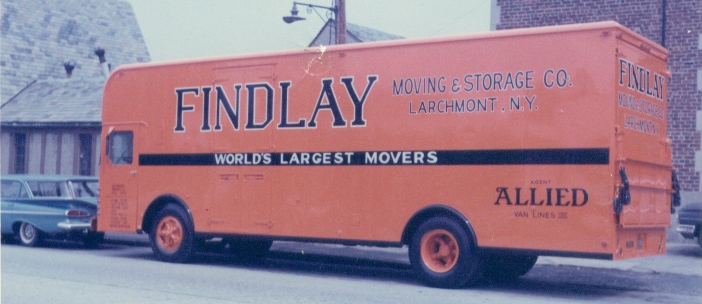Findlay International is pleased to be the household goods service provider for your upcoming Domestic move. We suggest that you use this guide, as you may find value in it throughout the course of your relocation.
Preparation
The Findlay International contact you’ll meet from our professional moving team is your Personal Relocation Consultant. This person is responsible for:
- Determining you and your family’s moving needs
- Explaining the many services and service options available at Findlay
- Performing a survey of the contents of your home that will be moved
- Referencing items that will require special packing/handling and describing the method
- Discuss your schedule to pre-book pack and move dates
- Describe the complete move process from beginning to end
Packing and Loading
Your Findlay Crew chief and Pack-and-Load Professionals are key members of our moving team, responsible for:
- Preparing the residence for moving. Protecting the floors and walls
- Packing, wrapping, crating of the complete contents of the home
- Preparing a detailed inventory of items to be moved
- Tagging each carton/item with numbered and color-coded labels
- Loading your goods onto the interstate vehicle
- Moving interstate, a local Destination Agent will handle the following:
- Delivery of the shipment to the residence
- The complete off-loading and placement of all items, room by room
- Total unpacking and removal of all debris
Inventory/Paperwork
Your driver will prepare a detailed Inventory & Condition Report of the items to be moved. In addition to tagging every individual carton or piece of furniture with numbered and color-coded labels, they will record each item— and a description of any existing damage—on the inventory form. You should accompany the driver as they prepare the inventory, pointing out any special concerns or handling considerations along the way.
You’ll be asked to sign the inventory, as your acknowledgment that the pieces indicated were loaded and as verification of their condition prior to the move. Then, the driver will sign the form as well and present you with a copy. Keep this inventory with you for use at your new home.
The driver also will ask you to sign a bill of lading. This is the contract by which you authorize the van line to transport your possessions and agree to pay for those services. The bill of lading serves to confirm the services performed, pickup and delivery schedules, and the valuation and protection plan that you’ve selected.
Delivery of Your Possessions
It’s extremely important for you to contact your move coordinator as soon as you arrive in your new hometown so that final delivery arrangements can be made. The driver will contact you 24 hours prior to their expected arrival time to confirm the delivery window.
When your shipment arrives, you can help expedite the unloading process by having a room-by-room floor plan in mind, and by letting the driver know where you want things placed as they’re unloaded and brought into your home.
The driver and crew will reassemble any items they disassembled at origin. Check items off the Customer Check-Off Sheet as they’re brought in, noting their condition. If an item appears to have been damaged during the move or is missing, make a note on the inventory—including the driver’s copies—and notify your move coordinator.
Payment
Unless approved billing or credit arrangements have been made in advance, the driver is required by law to collect payment for your move before your shipment can be unloaded. If your shipment is placed in storage, charges up to that point are due at that time. Payment must be made in cash or by certified or cashier’s check, travelers’ checks, or money order payable to the van line. Many agents also accept credit cards. Personal checks cannot be accepted. A copy of the bill of lading signed by the driver will be your receipt.
Unpacking
If you have requested and paid for unpacking services, your move coordinator will arrange to unpack cartons at the time of delivery and will remove used packing materials. Should you choose to unpack your cartons yourself, you’ll be responsible for disposing of empty cartons and used materials.




